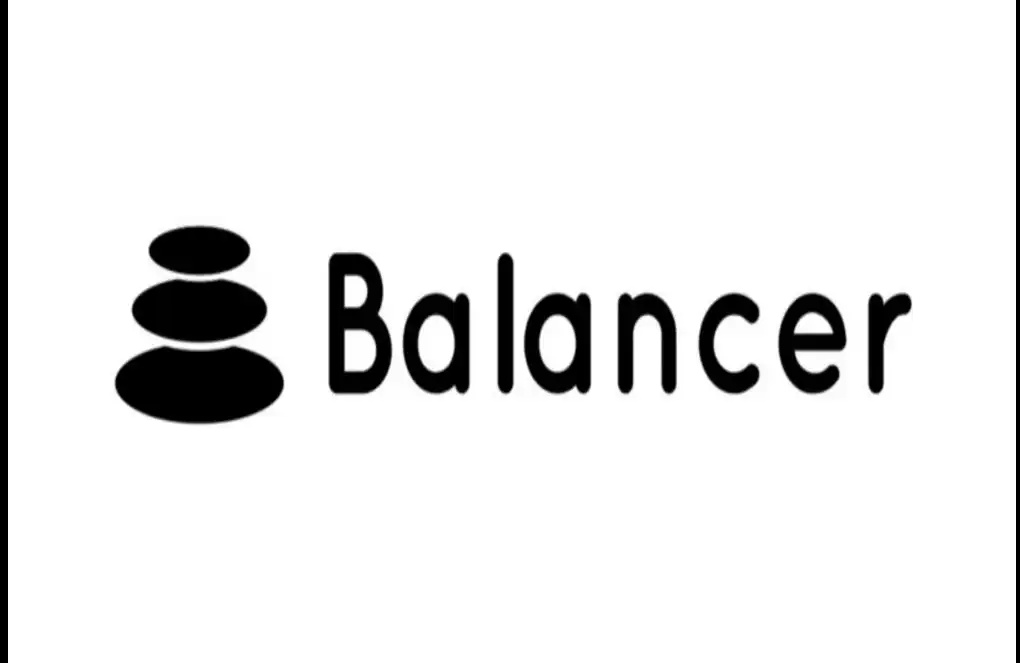Grayscale: Demystifying Bitcoin’s Ownership Landscape
Original Title: "Demystifying Bitcoin's Ownership Landscape"
Original Author: Will Ogden Moore, Grayscale Research
Translated by: Luccy, BlockBeats
Editor's Note:
A common misconception is that a small number of individuals own a large amount of Bitcoin. However, data from multiple sources including Glassnode, Arkham Intelligence, Bitinfocharts, and Bitcoin Treasuries show that Bitcoin supply is widely distributed among various individuals, groups, and organizations globally.
Grayscale's analysis compares different groups of Bitcoin ownership, particularly those with strong price inelasticity, and explains their impact on the Bitcoin market. The article points out that the supply levels of non-liquid and long-term holders have reached historic highs, while short-term supply has reached its lowest level. This trend may make Bitcoin ownership dynamics more sensitive and could exacerbate the impact of global macro events and the crypto market.
· The ownership of Bitcoin is widely distributed among various groups. 74% of Bitcoin holders own less than 0.01 Bitcoin (approximately $350 as of November 6, 2023).
· About 40% of Bitcoin ownership belongs to identifiable categories, including trading platforms, miners, governments, listed company balance sheets, and dormant supplies.
· It is worth noting that some of these groups represent "sticky supply," which may increase the impact of demand-related favorable factors, including the 2024 Bitcoin halving or potential approval of a Bitcoin ETF.
As we approach the end of 2023, two important events are attracting widespread attention: the 2024 Bitcoin ("BTC") halving and the possible launch of a Bitcoin ETF in the United States. Both events have the potential to expand the range and breadth of investors seeking exposure to Bitcoin. A common misconception is that a small number of individuals hold a large amount of Bitcoin. However, this is not the case, as the transparency of the Bitcoin blockchain allows any individual to monitor real-time information about Bitcoin, including its ownership structure. Data from multiple sources, including Glassnode, Arkham Intelligence, Bitinfocharts, and Bitcoin Treasuries, show that the supply of Bitcoin is widely distributed among various individuals, groups, and organizations worldwide.
In this article, Grayscale Research attempts to clarify some common questions about Bitcoin ownership and delve into the impact of various ownership groups. We also discuss the "stickiness" of Bitcoin supply and why it is particularly important at this moment, as well as what impact it may have on future assets.
Sticky supply refers to supply that lacks relative elasticity in price or is unlikely to be sold in the short term.
Bitcoin ownership is widely dispersed
The vast majority of Bitcoin holders are small investors. As of November 6, 2023, about 74% of Bitcoin addresses hold less than 0.01 BTC, worth about $350, as shown in Figure 1. In contrast to other historically high-risk, high-return assets such as private equity and venture capital, which are only available to qualified investors, Bitcoin is open to a global retail audience (with internet access). Therefore, the ownership structure of Bitcoin reflects the decentralized and open-source nature of Bitcoin technology. In fact, only 2.3% of Bitcoin holders own 1 BTC or more (as of November 6, 2023, each Bitcoin is worth about $35,000).
Figure 1: Bitcoin Address Distribution

Note: For ease of reading, dollar amounts have been rounded up or down. 1 Bitcoin is worth $35,000.
除了比特币主要分散在众多小持有者之外,大多数比特币最大的持有者代表的是「众多」而非寥寥数人。截至 2023 年 11 月 6 日,按比特币持有量排名前五的钱包地址中,要么是加密交易平台,要么是政府实体,如下图所示。
Translation:Aside from Bitcoin being mainly distributed among numerous small holders, the majority of the largest Bitcoin holders are represented by "many" rather than a few individuals. As of November 6, 2023, the top five wallet addresses ranked by Bitcoin holdings are either cryptocurrency exchanges or government entities, as shown in the following image.
Figure 2: Top 5 overall Bitcoin wallet addresses ranked by balance

Note: Typically, trading platforms hold multiple wallets/addresses, which is why Binance appears multiple times here. Source: Bitinfocharts, Grayscale Investments. Data and holdings as of November 14, 2023, in USD. Bitcoin price in this chart is $36,891.
It is worth noting that trading platform addresses, such as Binance and Robinhood, represent millions of individuals. For example, Robinhood has 11 million users who hold and trade Bitcoin on its platform every month, while Binance, as one of the world's largest cryptocurrency trading platforms, has nearly 90 million monthly active users. In addition, the aforementioned US government addresses represent institutional ownership rather than individual ownership.
The holders of Bitcoin include various institutions ranging from trading platforms to listed companies and major governments. Although some members of these groups may overlap with other groups (such as inactive supply and miners or listed companies and miners), about 40% of the total Bitcoin supply can be attributed to identifiable ownership groups, such as trading platforms, government entities, listed and private companies (such as Tesla and Block Inc.), mining companies that maintain the Bitcoin network, ETFs and other listed funds, Wrapped BTC, consumer trading platforms (such as Robinhood), and inactive addresses. The following figure shows each group.
Wrapped BTC refers to Bitcoin that is locked in a smart contract and held as a derivative on another blockchain (such as Ethereum).
Figure 3: Bitcoin Identifiable Supply

Note: Grayscale's holdings are reflected in the "ETFs and Funds" category. This category includes futures-based products and other funds holding Bitcoin. Source: Bitcoin Treasuries, Arkham Intelligence, Glassnode, Bitinfocharts. Note: There may be some overlap between certain groups (e.g. supply last active in the past 10 years and miners). All data is as of November 13, 2023 and is for illustrative purposes only and subject to change.
For investors, it is important to understand and analyze the largest holders of Bitcoin and the potential impact these holders may have on the supply dynamics of Bitcoin.
Some specific ownership categories reflect potential "sticky" supply dynamics, meaning that these holders have long-term positions in specific assets. For example, 14% of Bitcoin supply has not moved in 10 years. We believe this portion of the supply can be attributed to Satoshi Nakamoto's original Bitcoin holdings, lost Bitcoin or addresses, and holders with positions lasting up to a decade. As shown in the chart below, the ten-year inactive supply has been growing since 2019 and is currently at its highest historical level.

For illustrative purposes only.
It seems to indicate that other ownership groups relative to the "stickiness" of supply levels, including miners and trading platforms, account for 20% of the total supply (about 9% and about 11%, respectively). As shown below, although the price of Bitcoin has undergone significant changes over time, these two ownership groups have historically been relatively unaffected by price elasticity. This may be because miners accumulate Bitcoin over time as a reward and typically only sell Bitcoin used to pay for operating costs. In the past, periods of net outflow by miners, such as November 2022, had a relatively small impact on the overall miner balance of Bitcoin. This suggests that the overall Bitcoin balance of miners likely includes a large number of long-term holders. Some degree of price inelasticity in the short term may also extend to other ownership groups, such as Wrapped BTC (1.25% of total supply).

So, what is the significance of these ownership groups indicating that prices are not elastic?
In the short term, the relative price level of Bitcoin owners may increase the impact of demand-related momentum winds with relatively low elasticity. This can be compared to "low circulation" stocks in traditional financial markets, which are stocks with a lower proportion of shares available for trading on the open market. For example, sudden changes in demand for low-circulation stocks, coupled with a decrease in actively traded supply in the market, may lead to an excessive impact on prices. Given the various inactive or price-inelastic Bitcoin ownership groups, this dynamic may be particularly relevant to Bitcoin.
Conclusion
The ownership of Bitcoin is decentralized and diversified. In addition, the ownership of Bitcoin by well-known institutions indicates the maturity of the Bitcoin market and the increasing acceptance and adoption by the public.
Looking ahead, global political and regulatory developments may have a significant impact on the continued adoption and demand for this asset. For example, the potential emergence of a physically-backed Bitcoin ETF in the United States may further eliminate friction for individuals and institutions seeking to allocate to Bitcoin, while the recent presidential election in Argentina may signal a shift in how developing economies view Bitcoin and other cryptocurrencies. As of November 2023, there are less than six months until the Bitcoin halving in 2024.
At the same time, in these demand-related tailwinds, the supply of Bitcoin remains significantly constrained; the supply held by non-moving and long-term holders has skyrocketed to unprecedented levels, while short-term supply has dropped to its lowest level. If these trends continue, the Grayscale Research team expects that the dynamics of Bitcoin ownership may increasingly reinforce the impact of macro events, such as the evolution of global policies and regulations (such as the approval of a US spot Bitcoin ETF), as well as the development of the crypto market, such as the 2024 Bitcoin halving.
"Original Link"
Welcome to join the official BlockBeats community:
Telegram Subscription Group: https://t.me/theblockbeats
Telegram Discussion Group: https://t.me/BlockBeats_App
Official Twitter Account: https://twitter.com/BlockBeatsAsia


 Forum
Forum Finance
Finance
 Specials
Specials
 On-chain Eco
On-chain Eco
 Entry
Entry
 Podcasts
Podcasts
 Activities
Activities
 OPRR
OPRR









